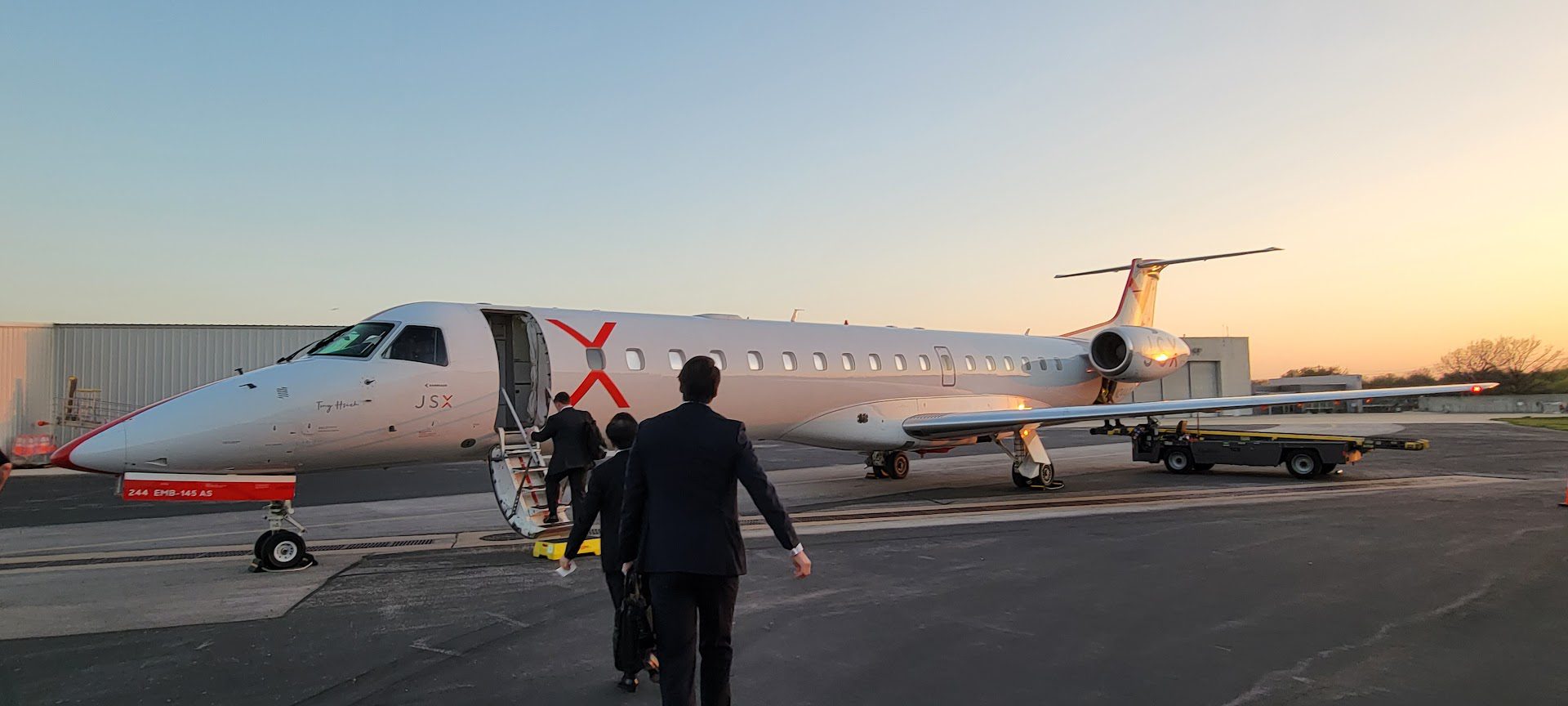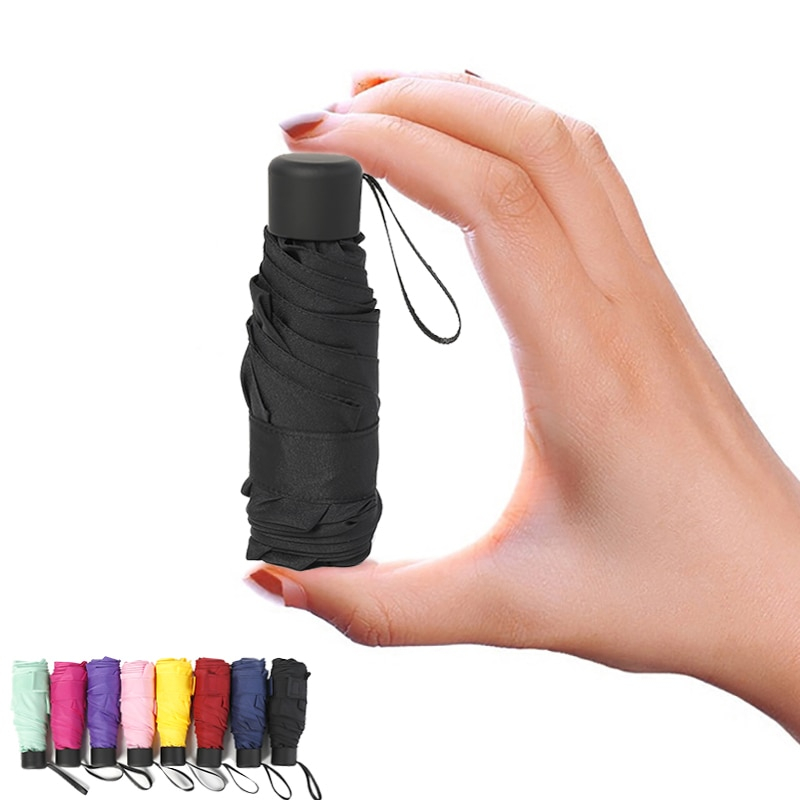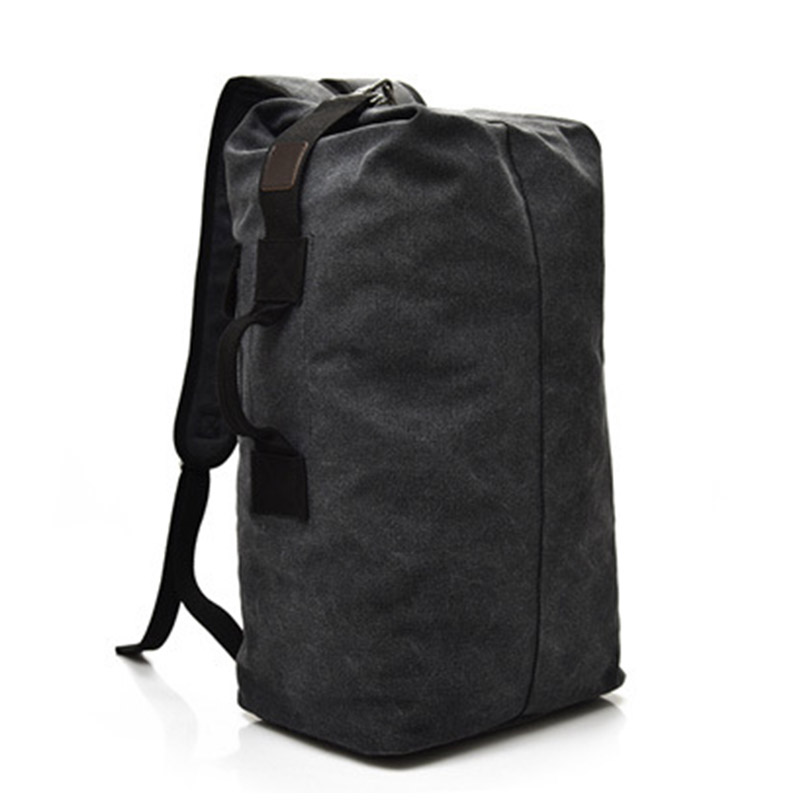Over the summer, TSA Administrator David Pekoske said that they weren’t going to make public charter operators fly out of commercial terminals, but that they would update security plans. They’ve done this – and will require new screening procedures at private terminals for ‘by the seat’ charter operators like JSX.
Currently JSX matches every passenger against government targeting databases, swabs every carry-on, and sends passengers through a a weapons detector.
Under changes to TSA’s Twelve Five Standard Security Program, they will be required to screen all passengers and belongings that will enter the cabin using TSA-approved equipment.
- Part 135 carter operators selling individual seats under part 380 will continue to be permitted to operate out of private terminals. Security will not be done by TSA screeners. However, TSA confirms that liquid rules will be imposed.
- Ordered changes reportedly start in six months. However many FBOs will require changes to their space to accommodate new screening equipment at exits onto the tarmac. That will require permits and construction likely to take longer than six months. I’ve asked TSA whether their timeline will take this into account.
- At many FBOs, where small operators rent space, they may not be able to make these adjustments and may have to cease service.
Security Checkpoint At Austin Airport
A TSA spokesperson tells me,
TSA is aware of an increase in the number of airlines operating public charter flights between locations without a requirement for TSA approved screening. Following a security risk assessment, which considered the operations, existing security measures, and other relevant details, TSA issued a new requirement that all public charter operators screen passengers in accordance with the Persons and Accessible Property (PAP) screening requirements when they are conducting public charter operations. The PAP screening protocol is required of other charter programs utilizing similar aircraft.
To accommodate the new requirement, TSA worked collaboratively with the impacted operators and is providing them an implementation timeline to train staff, procure equipment, and engage affected airports on any new requirements for flights.
Former American Airlines Chairman and CEO Doug Parker says that the TSA effort was launched at his behest, with the assistance of Southwest Airlines COO Andrew Watterson. The two approached Administrator Pekoske, seeking to have the agency go after their small fellow Dallas-based competitor. And indeed, American’s current CEO Robert Isom says that their lobbying efforts on the issue are aimed at placing restrictions on a competitor.
Both American and Southwest offer charters that continue to be exempt from TSA screening and these newly-announced changes will not affect those. Additional screening will be required for their competitors only. And there’s no real security benefit, since the rules do not apply to the more than 4 million private flights in the U.S. each year, either.
This is going to be a new cost for operators like JSX, and a new hassle for passengers. The major aim wasn’t accomplished – JSX and others can continue to operate, and continue to do so out of private terminals. However the more modest aim of reducing the convenience of their service slightly was accomplished, and in the last days of the current administration. The FAA Administrator, though, had said he planned a crackdown on Part 135/380 operations and that new rules would be published prior to the end of 2024. That didn’t happen. And the FAA head himself steps down in three days.
I’ve reached out to JSX for comment, and will update if they respond.













